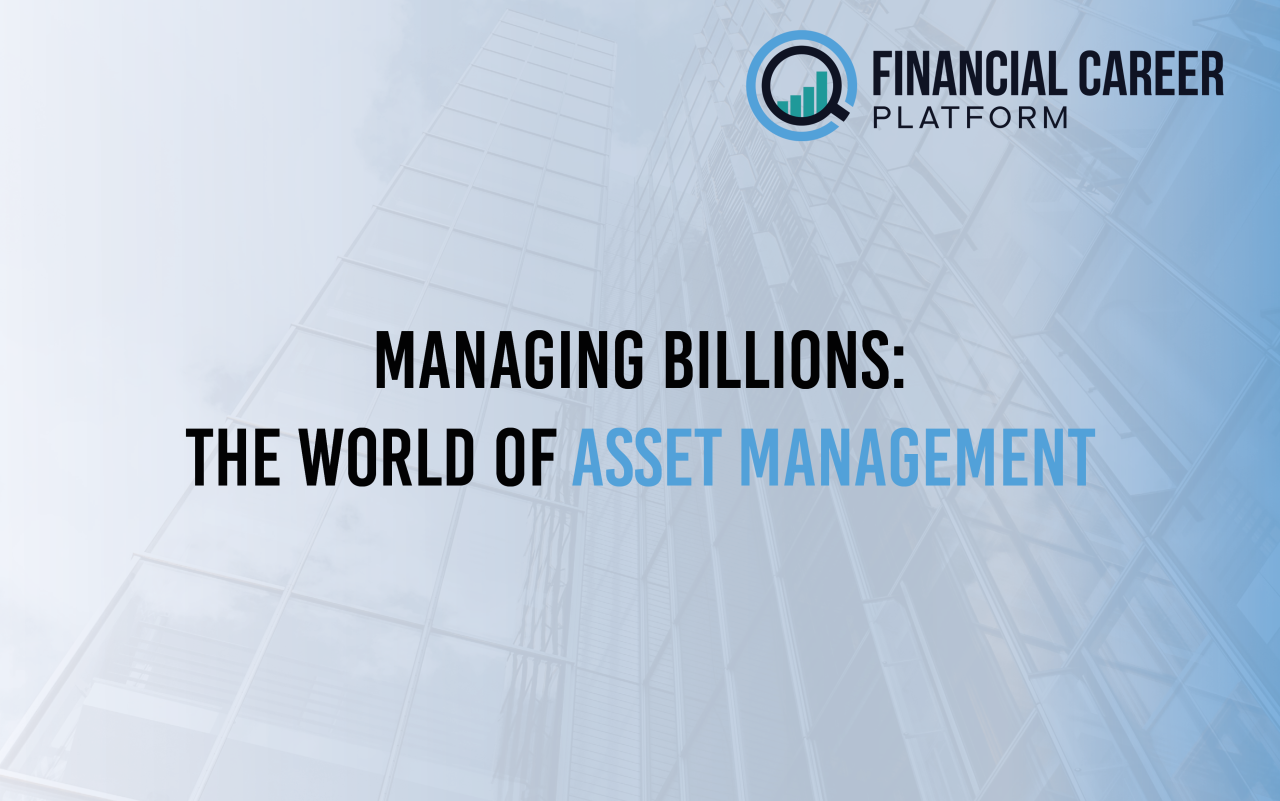Banks facing Climate Change Risks

BANKS FACING CLIMATE CRISIS RISKS: UNDERSTANDING PHYSICAL AND TRANSITION RISKS
Banks, as any financial institution or company, are not immune to the effects of climate change. While to some, this may all seem very far away, some risks can be materialized rather soon. Climate is the most important emerging risk over the next five years.1 While sustainability is all the rage, it is not immediately apparent how this impacts banks. Companies have taken many steps already to reduce their carbon footprint, by changing processes, shipping and use of more green materials. Investors have long been aware of green or impact investing, and consumers become more and more climate-conscious. Banks also take steps towards a greener future, but due to their unique position, this may be even less straightforward. While banks can have policies for green investing, much of their influence is indirect: a banks' exposure to climate risk is also because of the companies they lend to. In this article, we explore how the two forms of climate risk affect banks.
Generally, climate risk can be decomposed into two types: physical risk and transition risk. Physical risk stems directly from severe climate events, which can be both chronic (long term changes in the weather pattern) and acute (natural disasters). These risks drive conventional risk drivers, such as credit, market, liquidity and operational risk. Climate transition risks are not a result from climate change directly, but from the transition to a more ”green” economy. Financial institutions are exposed to the risk of disruptive new green technologies, carbon taxes, regulation and policies and market sentiment.
PHYSICAL RISKS
The severe climate events that occur in the world pose physical risks for banks. These risks can be categorized into acute risks, such as damage from floods or storms, and chronic risks, such as sea level rise and melting glaciers.2 These risks have the potential to cause severe disruption to businesses and life, even forcing the relocation of companies and households and weakening their capacity to repay debt. This reduction of the borrower’s ability to repay debt can degrade the quality of the banks’ credit portfolio’s. Additionally, physical risks can heighten market risk for banks; for instance, extreme weather can damage national infrastructure, slowing economic growth and raising sovereign risk, which may devalue government securities held by banks.3
Climate change has brought various physical risks that have impacted banks worldwide. An example is the impact of Hurricane Harvey in 2017 on banks in the United States. This hurricane caused widespread flooding in Texas, leading to a significant increase in mortgage and business loan defaults in the affected areas, thereby deteriorating the banks' credit portfolios.4 Similarly, the floods in South Asia in 2017 caused significant damage. These floods displaced millions of people and severely disrupted economic activities in the region, resulting in higher credit risks for banks operating in these areas.5 Furthermore, the gradual rise in sea levels in coastal areas, such as Miami, has led to increased insurance premiums and a decline in property values, reducing the value of loan collateral and thereby increasing banks' exposure to credit risk.6 These examples illustrate how both acute and chronic physical risks from climate change can force banks to adjust their risk management strategies to ensure financial stability.
TRANSITIONAL RISK
In addition to physical risks, climate change also poses transitional risks to banks. The European Central Bank (ECB) recently released a climate risk stress test that highlights the importance of early action on climate change. The report analysed different pathways for the green transition and found that an accelerated shift towards a low-carbon economy offers significant benefits for the financial system.
The test examined three scenarios:
A rapid investment in green technologies and policies to achieve faster emission reductions (aligned with Paris Agreement goals).
A delayed green push that still meets Paris Agreement goals but on a slower timeline.
Minimal action on climate change, making it impossible to meet the Paris Agreement targets.
The results show that the scenario with the initial investment focus ultimately reduces overall costs. Early action allows for reaping the benefits of a greener economy sooner, mitigating long-term financial risks. Delaying the transition, on the other hand, exposes banks to increased credit risk (lending to unprepared businesses) and heightened physical risks (damage from extreme weather events).
This aligns with research by Roncoroni et al. (2021),7 who found that interconnected banks heavily invested in carbon-intensive sectors could face significant losses if the transition is slow or climate policies become stricter. This emphasizes the potential for financial instability if climate risks are not addressed. Similarly, Nguyen et al. (2023)8 find that bank’s loan portfolios are exposed to transition risks in two ways: via exposure to the energy sector and the overall portfolio carbon intensity. The sectors they lend to are sensitive to climate risk, and so are the borrowers they lend to. While in most climate scenarios, the risks seem pretty manageable, climate risk is a perfect example of tail risk: in more extreme global warming instances, the risks can be unbearable. For borrowers with weaker financials, these risks are worse: this highlights that climate risk and financial risk are interconnected.
In conclusion, the ECB stress test and supporting research underscore the critical link between early climate action and financial stability. Prioritizing a swift transition to a low-carbon economy not only benefits the environment but also protects the financial system and fosters a more stable economic future.
CONCLUSION
Climate change poses a significant threat to the financial system, with both physical and transition risks impacting banks. Physical risks, like floods and rising sea levels, directly threaten loan portfolios and infrastructure. Transition risks, driven by the shift towards a greener economy, expose banks to potential losses from stranded assets in carbon-intensive sectors and changing regulations. Luckily, proactive steps can mitigate these risks. Early investments in green technologies and a well-managed transition can create long-term benefits for banks and the overall economy, with minimised losses. By integrating climate risk assessment into decision-making processes, banks can ensure their financial stability and contribute to a sustainable future. This requires collaboration between banks, regulators, and governments to develop a comprehensive approach to climate risk management. As the ECB stress test highlights, prioritizing a smooth transition to a low-carbon economy is not just good for environmental reasons, but also protects the financial wellbeing of banks. While climate risks for banks are serious and not to be underestimated, they can support sustainable practices if the right actions are taken at the right time.
Bibliography
- EY. (2021). 11th Annual EY/IIF Global Bank Risk Management Survey
- De Nederlandsche Bank. Klimaatverandering. https://www.dnb.nl/groene-economie/klimaatverandering/#:~:text=De%20klimaatverandering%20brengt%20twee%20soorten,langdurige%20droogte%2C%20overstromingen%20en%20stormen.
- SUERF. Physical risk from climate change and local banks lending what lies ahead. https://www.suerf.org/publications/suerf-policy-notes-and-briefs/physical-risk-from-climate-change-and-local-banks-lending-what-lies-ahead/#f2.
- https://www.chicagofed.org/publications/chicago-fed-letter/2019/415
- World Economic Outlook, October 2017: Seeking Sustainable Growth: Short-Term Recovery, Long-Term Challenges. (2017, 19 september). IMF.
- https://www.ucsusa.org/sites/default/files/attach/2018/06/underwater-analysis-full-report.pdf
- https://www.sciencedirect.com/science/article/pii/S1572308921000309
- https://doi.org/10.1016/j.irfa.2022.102401











